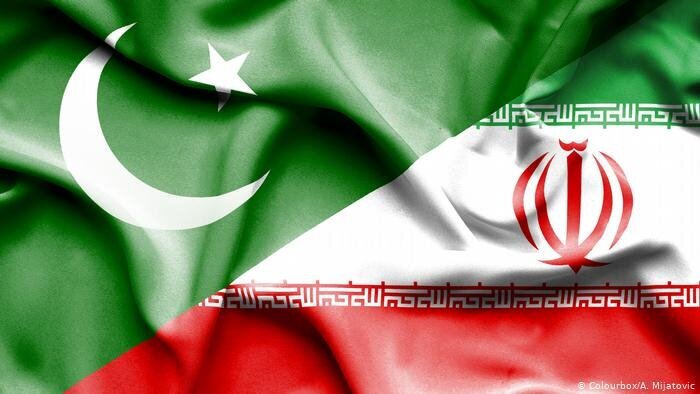Can barter trade realize Iran-Pakistan $5b trade target?

TEHRAN – Despite close political relations and geographical distance, U.S. sanctions on the Islamic Republic have prevented Iran-Pakistan's economic ties from realizing their full potential over the past decade, particularly because the Islamic Republic of Iran cannot access international banking.
To resolve the mentioned problem, the two countries inked a barter trade agreement during the meeting of their Joint Economic Committee in Tehran in early November 2021.
According to the government officials of the two countries, under the framework of this agreement, the two countries’ annual trade exchange is expected to reach $5 billion.
Although barter trade is clearly an effective tool for sidestepping economic sanctions on Iran, the question is: “will it be enough for Iran-Pakistan trade to get back on track?”
Sanctions and solutions
As mentioned earlier, the trade ties between Iran and Pakistan have been overshadowed by U.S. sanctions and the two countries, despite having great historical and cultural ties, have been stripped of opportunities for mutually beneficial business.
Bilateral trade between the two neighbors, which share a border of 960 kilometers, stood at about $300 million in 2021, while the value of Pakistan’s trade with China amounted to over $27.8 billion in the same year.
Considering the significantly low level of trade between Iran and Pakistan, the two nations are going to use barter mechanisms as a solution that can remove some of the current barriers to trade and hopefully allow them to fully benefit from their mutual economic capacities.
Regulatory barriers
According to Pakistani Expert and Member of the Digital Economy Task Force in United Nations Economic and Social Commission for Asia and the Pacific (UNESCAP) Muhammad Anwar, although signing the barter trade agreement is a big step toward removing the barriers in the way of trade between the two countries, it is not enough for realizing the $5 billion annual trade target.
In order for the barter trade agreement to be implemented effectively, the two countries should make several regulatory adjustments as well, Anwar stressed.
“There are regulatory matters [that should be resolved as well]. [for instance] Iran charges Pakistani trucks $1 for each three kilometers distance in terms of the fuel price difference, despite that they need to buy fuel on open market rate in Iran,” Anwar said.
Iranian trucks carrying cargoes from Pakistan and going inside Pakistan don't need to pay any tax as per Pakistan government policy, he added.
Trading in national currencies
Anwar believes that another step that would help the two countries realize their economic potential is to use their national currencies for trade along with the barter trade mechanism.
“Current trade balance is in favor of Iran. Due to banking restrictions exports of Pakistan to Iran are less,” the official said.
Trading in national currencies will make the two sides able to diverse the variety of the exchange commodities and this way the trade between the two sides will be more balanced, Anwar stated.
Asked about the major items exchanged between Iran and Pakistan, he said: “From Pakistan mostly foodstuff like rice, sesame seed, fresh fruits, minerals are being exported whereas from Iran side LPG, petrochemicals, consumer good, etc.”
According to the expert, Pakistan’s affordable agricultural products can offset the growing demand in Iran.
Developing Transit
Anwar, who is also the CEO of a transportation company called North South Transport Network (NSTN), further mentioned the transit capacities of the two countries as a perfect opportunity for the two sides to increase their trade balance.
Iran and Pakistan which are both members of the Economic Cooperation Organization (ECO), can also cooperate to improve transit trade corridors in Central Asia, he said.
“Pakistan and Iran are in the center of east and west. Pakistan is bordering with India and China the two largest populated countries in the world whereas Iran connects Turkey and CIS and beyond Turkey, Europe which are great consumer markets for Asian products,” the official explained, adding: “Therefore, Iran and Pakistan can play a great role in connecting east with west.”
Islamabad-Tehran-Istanbul block train is an example of the works that can be done to fully realize the connectivity and capacity in this regard, the official mentioned.
EF/MA
Leave a Comment